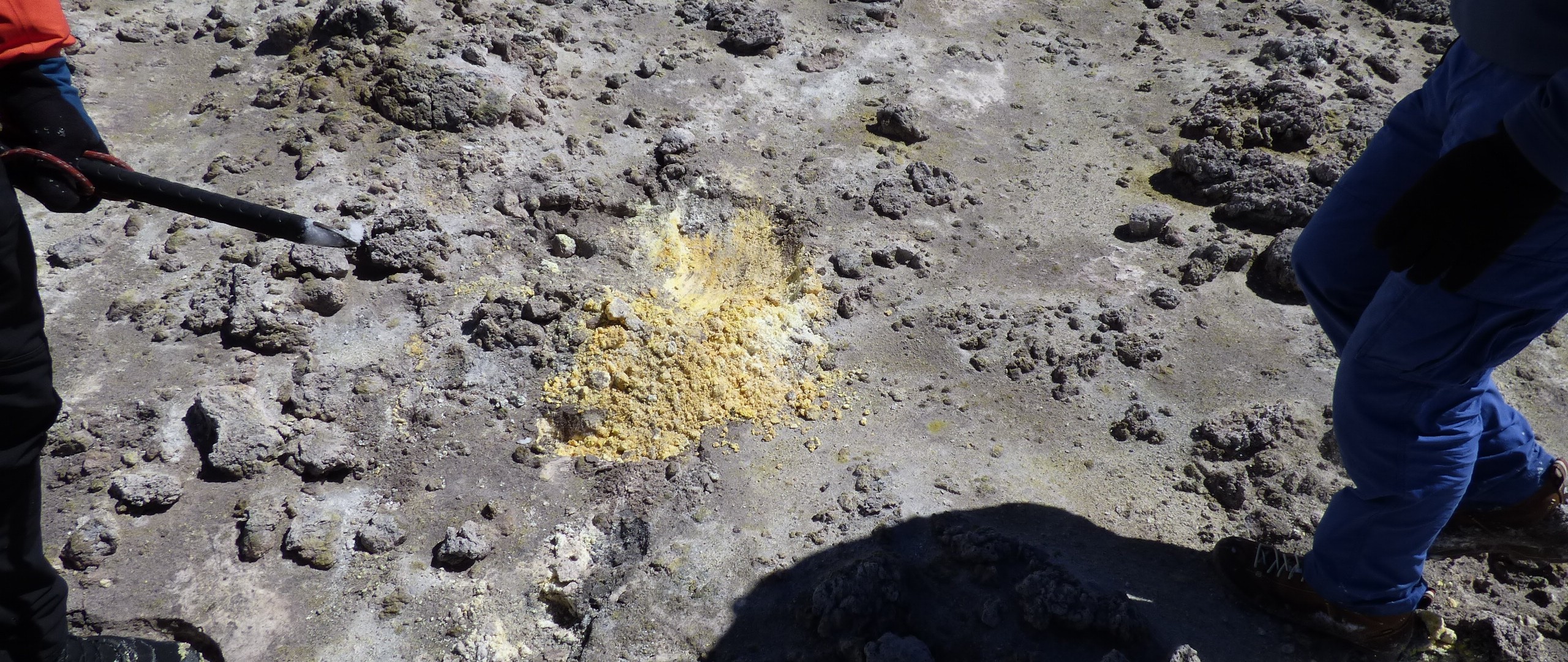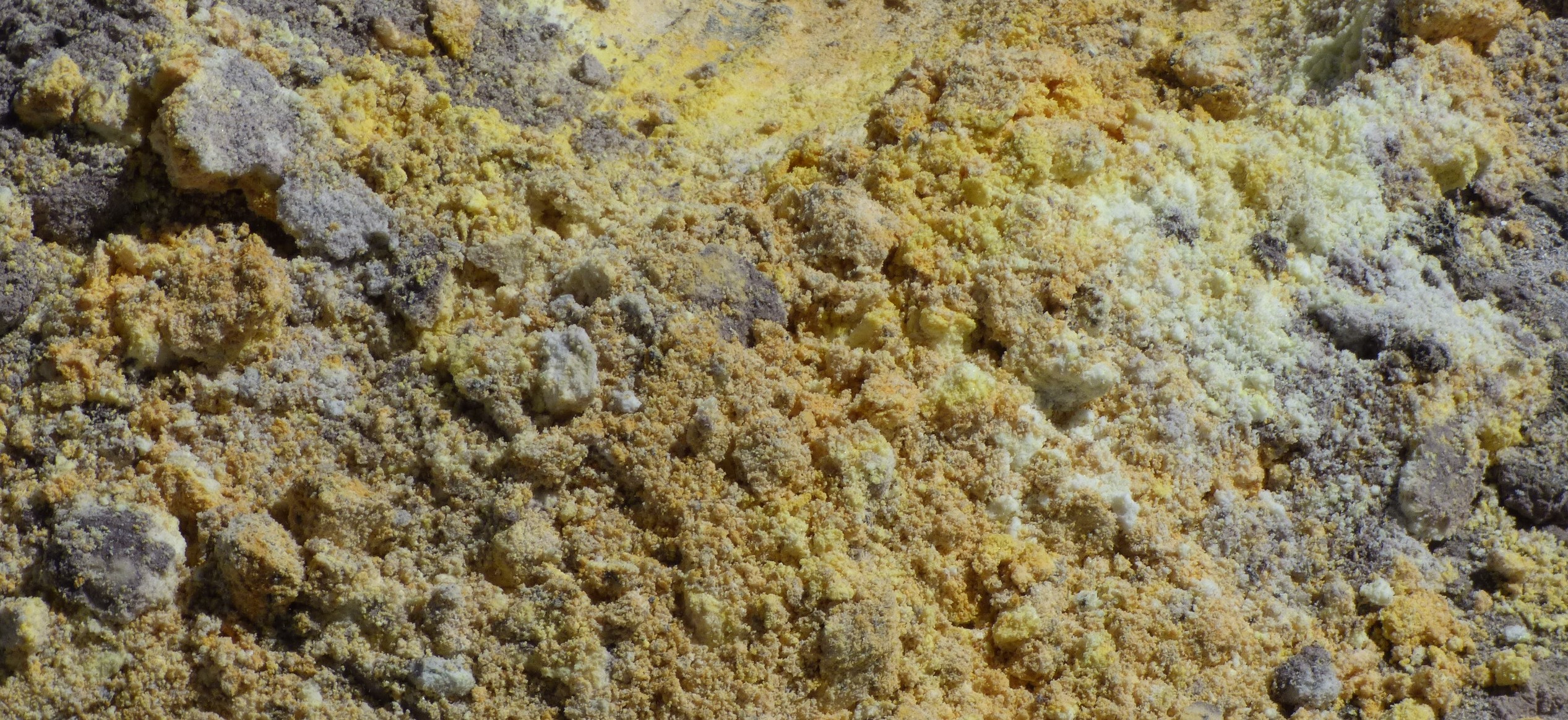Martin Darting about pro and contra, as well as alternatives to the sulphur in the winemaking.
„No good wine without sulphur“, „Sulphur spoils the wine“, „Only wines with/without sulphur become perfect“. Why do people come to all these conclusions? When, why and in what way one should apply sulphur? Is the oxidation unfavourable per se, and are there any alternatives to sulphur?
Let us first take a look at the question of „how“, which then means the manner of sulphur application. Below-listed methods are the most established ones:
- Burning of sulphur strips in wooden bunches like barriques or tonneaux barrels or some with larger volumes
- Addition of potassium metabisulfite (K2S2O5) as powder
- Addition of liquefied sulphur dioxide SO2 through a pressure bottle with dosage glass
- Addition of sulphurous acid solution (H2SO3)
- Addition of sodium hydrogen sulfite (NaHSO3)
- Addition of sodium sulfite (Na2SO3)
Also, the question of „why“ is quickly resolved. The aim is always to inhibit the action of oxygen. The most two fundamental properties of sulphur are its antioxidative, oxygen binding (reductive) effect as well as hygienic features, especially the minimisation of the microbiological activity on grapes, must and wine.
How does the activity of SO2 in wine look like?
The sulphurous acid binds the oxidation products of alcoholic fermentation, particularly the ethanal (acetaldehyde) which gives a wine smell of overripe apple and is the direct oxidation reaction of an alcohol (ethanol to ethanal). Ethanal can also be a result of the enzymatic oxidation after the fermentation. This lot is also compounded and represents the most significant share of the oxidation products quantitatively. So2 inactivates the oxidases, in other words, those enzymes which transfer oxygen to the constituents of the wine, thus tangentially oxidising it by disabling the activity through reduction (oxygen deprivation), and additionally implementing a bactericidal effect on the wine organisms (yeast, bacteria) prohibiting its activities without destroying it and resulting in a compound of must and wine constituents oxidated during the whole winemaking process, whether directly or through activity of enzymes (approximately 300 different enzymes).
So much for the classical explanation.
The application of sulphur is also a matter of style…
According to the simplified and summarised interpretation of the German wine law, German wine has to be stable, fruity and „clear“.
At the same time, this style that works in a reductive way keeping the oxygenation capacity at a minimum is considered to be an essential requirement for quality wine. Consequently, from the German point of view, only reductive, stable, fruity and faultless wines are supposed to be „good wines“. The primary objective is to ensure the product stability and long life to keep these wines fruity and young as long as possible.
To achieve the goal, the focus should be kept on the reductivity during the whole working cycle – from the harvesting and all processing steps through to the bottling. The addition of sulphur to support the reductive impact as an antioxidant is the first choice.
Concerning hygiene, product compatibility and microbiological minimisation, the addition of sulphur inhibits any oxidation or, in better words, any likelihood of instability occurrence. According to the German point of view, sulphur destroys bacteria, wild yeast and other microorganisms preventing the taint. Thus the taint, for example, would mean the formation of vinegar or histamine (biogenic amines as substances of protein metabolism). Also, this method prevents the secondary fermentation or changes in aroma caused by bacteria or autolysis (self-digestion) of fermentation yeast. The formation of film-forming yeast (a white coating) in case of barrel storage would likewise fall in the same category.
Sulphur that acts as „sanitariness police“ is the best choice to prevent such instabilities and microbiological activities.
The general tendency is that state commissions categorically reject the oxidative wines.

Is the oxidation damaging per se? What are the alternatives to sulphur?
Few methods and impacts of the application:
Lengthy contact with yeast or a flavonoid entry of phenol, for instance, through mash contact and fermentation or barrique ageing, likewise chips and entry of condensed phenols are responsible for creating a reductive situation in wine.
If the intention is to allow style and sporadic oxidation during the wine production, this leads to a final product with aroma complexity, volume (umami, kokumi) and mouthfeel (formation of peptides).
More extended contact with yeast after the fermentation has a reductive effect as long as the yeast is kept in suspense (lees stirring „battonage“) and metabolises oxygen.
Should one add sulphur during this process, the yeast would lose its reductive effect presenting a danger of autolytic contamination through the dying yeasts (mercaptan). In this reductive situation (due to the oxygen binding ability of active yeast), added sulphur continues to act reductively leading to the formation of reductive taint (H2S). In this case, a flavour-preserving fining of wine is only possible by employing copper. The aeration would damage the secondary aroma substances (saponification = the decay of fruit esters that were formed during the reduction), and at the same time the sulphur would bind the oxygen and increase the content of SO2 without losing the features of the antioxidative protection.
Moreover, the process of controlled oxidation creates sensor-activated substances like glycerin and colloidal compounds extracted from yeast, that give the wine aroma, soft mouthfeel and protein-containing reaction compounds to phenols.
As stated previously, the enzymes form ethanal during the fermentation process, that enables the flavonoid (mature) tannins to shape the polymeric structures contributing to the haptic (mouthfeel) structure, aromatic-spicy (not fruity) complexity and protein rigidity of wine.
A sufficient amount of oxygen is essential for the controlled further maturation of tannins, maintenance of post-fermentational yeast activity, thus increasingly gaining glycerin and shaping the aroma complexity (formation of peptides).
On the one hand, tannins become more and more astringent through the polymerisation (not softer, as is often assumed!) and on the other hand, also the phenolic dye components (the anthocyanins) act polymerising and coupling with tannin forcing it to lose its astringent effect while the wine at large experiences the expansion of volumising components.
A small quantity of sulphur helps to slow down these reactions and to regulate and control them in a better way, which makes barrique maturation perfectly manageable, but this may be unnecessary.
At the end of the day, daily supervision is the key because wine is a living product, the changes of which have to be carefully observed.

What is the impact of this interplay on the PAR assessment?
When intending modern style of wine, a sufficient amount of SO2 is vital to produce fruity and clear wine. From the oenological point of view, a surfeit that is characterised by pricking and burning is not required and has to be viewed critically.
Sulphurous acid can significantly influence the preservability, potential to evolve and storage suitability of wine.
When choosing more traditional wine style, winemakers would first try to add natural antioxidative substances (phenols, yeast…) using high-quality ripe grapes. To achieve similar storage suitability with the different potential to evolve, less SO2 would be necessary. Wine with less sulphurization tends to change faster and significantly in a different way than the one with the addition of sulphur.
In case of adding sulphur to the product with high redox potential wine remains aromatically sealed and bitter tasting with more protracted period needed to express its characteristics likewise in a bottle and glass.
The series about the history of different wine styles in connection with winemaking will be continued soon.
Martin Darting, September 2018

